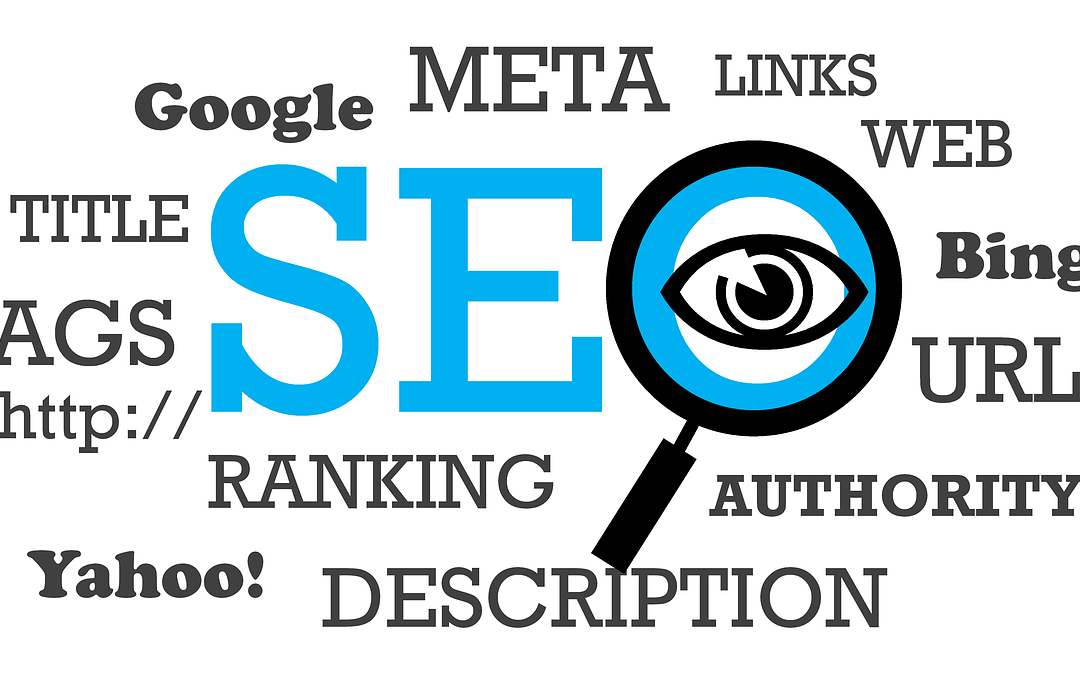Have you ever searched your business on Google and wondered why your website didn’t come up first? Are you frustrated that your competitor ranks better than you? As a business owner in today’s high-tech world, having an online presence is essential for the success of your business. But did you know that in order to reach your target audiences through search engines, you need to have a top-notch SEO strategy?
In case you’re unaware, SEO stands for Search Engine Optimization. Keywords used to be all the rage in SEO strategies, but the tips and tricks to reach the top of search results have changed since the beginnings of SEO.
Many businesses have marketing strategies that include regular updates to their website so that it is always modern, user-friendly, and bug-free. However, I’ve seen many gorgeous websites from successful businesses fail to reach the top of relevant search results because they forgot to update their SEO strategy.
To help bring your SEO strategy into the present, here is a comparison of SEO strategies of the past and what SEO strategies should include today:
| SEO Then | SEO Now |
| · Include as many keywords as possible as often as possible into your content. | · Include relevant keywords only as often as makes sense for readability. |
| · Visuals don’t matter for search engine rankings. | · Search engines put a lot of value behind relevant images, videos, and other visuals. |
| · Comment links to your website on unrelated blogs or forums for greater reach. | · Most comment sections don’t contribute to search engine rankings. |
| · Post links of other websites in the hopes that they will post a link to your website in return. | · Search engines don’t take into consideration links to your website that are from irrelevant sources. |
| · Have detailed, keyword-heavy metadata. | · Due to irrelevant keyword spamming, search engines no longer use metadata for rankings (but do for description snippets). |
| · Write content with search engine rankings in mind. | · Write content with your target audience in mind. |
| · Base your website structure on separate pages for every possible keyword variation. | · Base your website structure on a user-friendly experience – if users can find relevant information quickly, so will search engine bots. |
Now that you know the latest in SEO best practices, remember to integrate them into your quarterly or annual marketing plan. Create a content schedule and stick to it, because when you regularly post engaging content, search engine crawlers are triggered to visit your website more often to potentially improve your ranking. And I strongly suggest using an analytics platform to track your website traffic, so you will know if your SEO strategy is successful or needs to be revamped.
If you would like some help customizing an SEO strategy for your target audience, contact CreativeWorks Marketing today!

